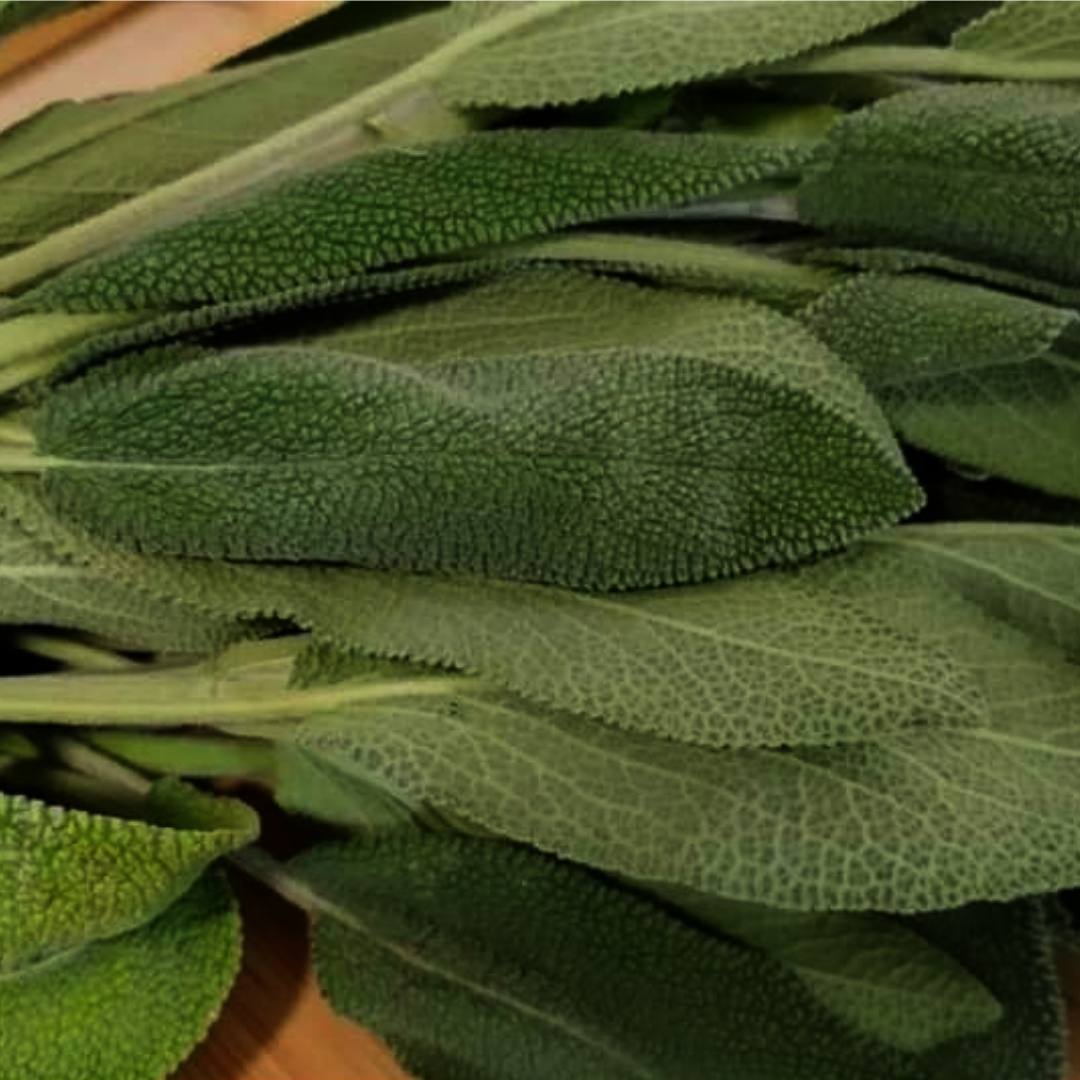Sage, an esteemed herb in both culinary and medicinal realms, offers remarkable healing benefits that surpass those of many conventional treatments. Known for its distinctive aroma and robust flavor, sage also packs a potent punch when it comes to health properties. Let’s dive into why sage is considered “better than any pill” and how you can utilize this plant to harness its full healing potential.
Why Sage?
Sage (Salvia officinalis) is revered for its antiseptic, antimicrobial, and anti-inflammatory properties. It is rich in antioxidants, essential oils, and vitamins that collectively support health and wellness. Historically, sage has been used to treat everything from mental fatigue to digestive problems.
Health Benefits of Sage
- Cognitive Enhancement
- Sage is renowned for its potential to enhance cognition and protect against neurodegenerative diseases. Studies suggest that sage can improve memory and cognitive functioning, making it a valuable herb for maintaining brain health.
- Digestive Health
- Sage tea has been traditionally used as a remedy for digestive issues. It helps relieve symptoms of indigestion, bloating, and flatulence. Its anti-inflammatory properties can also soothe the stomach lining.
- Respiratory Benefits
- With its antiseptic qualities, sage is excellent for respiratory health. It can alleviate symptoms of colds, flu, sore throats, and asthma. Sage tea or inhaling sage steam helps clear sinuses and soothe throat pain.
- Antimicrobial Properties
- Sage has natural antimicrobial effects that can combat bacterial and viral infections. This makes it a powerful natural remedy for wound healing and infection prevention.
- Supports Women’s Health
- Sage is particularly beneficial for women, helping to alleviate symptoms of menopause like hot flashes and excessive sweating due to its estrogenic effects.
How to Use Sage for Healing
Sage Tea
- Ingredients: 1-2 teaspoons of dried sage leaves, 1 cup of boiling water.
- Preparation: Steep sage leaves in boiling water for about 5-10 minutes. Strain and drink warm. You can add lemon or honey to taste if desired.
Sage Infusion for Gargling
- Use: Sage gargles are effective for sore throats and dental health.
- Preparation: Prepare a stronger infusion by allowing the sage leaves to steep for a longer period, then use it as a gargle.
Culinary Uses
- Incorporation: Add fresh or dried sage to dishes. It pairs well with meats, soups, and stews, enhancing flavor and nutritional value.
Precautions
While sage is generally safe for most people, it should be used in moderation. Excessive consumption can lead to side effects due to the presence of thujone, a compound found in sage. Pregnant women and individuals with kidney or seizure disorders should consult with a healthcare provider before using sage as a remedy.
Conclusion
Sage truly stands out as a plant that heals “like crazy.” Whether used in culinary applications, brewed as a tea, or applied topically in oil form, sage offers a natural, effective alternative to many synthetic medications. Incorporate sage into your routine and experience its multifaceted healing powers firsthand.
